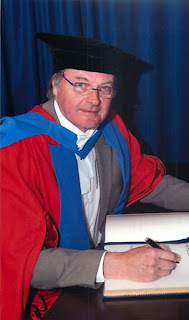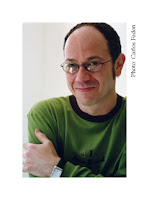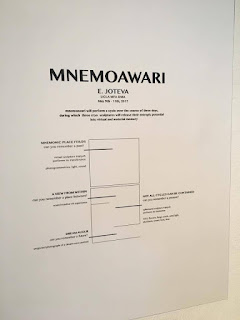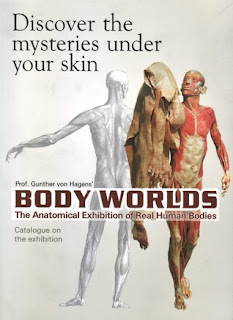Event 3: Final Review/Study Guide – 5/24

1. I attended the final review and signed out at the end of the session. 2. Study Guide: On May 24 th , I attended a review session for the DESMA (Design Media Arts) 9 course, an Art|Sci course that helped me create this blog revolving around the intersection of art, science, and technology. With only two weeks left in the Spring Quarter at UCLA, it was crucial for me to attend this two-hour, PowerPoint-based review at the Broad Arts building. It was led by Professor Victoria Vesna, as well as all of the teaching assistants who guided the students through this course. Following this review, I have created the following study guide to help me successfully complete this course. Most importantly, the study guide contains deadlines for the final project and blog summary assignments, as well as some guidelines and advice. Caption : The slide outlining important deadlines for DESMA 9, from the final review’s PowerPoint lecture. ...




